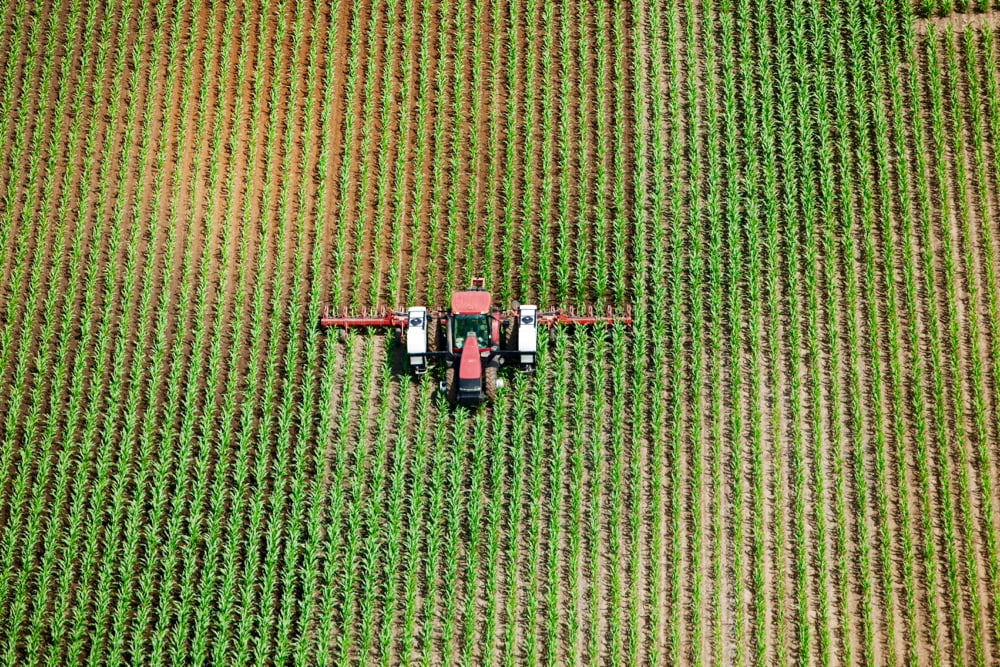Opinion: Fertile ground needed in climate fight

Glacier FarmMedia – Canada is the latest nation to join a multinational group looking to advance efficient and novel fertilizers, known as the Efficient Fertilizer Consortium.
Read Also

Commodity Classic day 1: Growers feel “blindsided” by dicamba ruling
Glacier FarmMedia- Day one of the 2024 Commodity Classic is in the books and a few interesting themes emerged from…
It’s not a shocking development for a federal government that’s made climate policy one ofits signature initiatives.
The stated goals of the group are downright ‘mom and apple pie’, as it looks to support applied research that will improve nutrient use efficiency and reduce emissions of nitrogen oxide and other greenhouse gases.
Worthy targets, if for no other reason than crop nutrients are frequently very expensive inputs and should not be used wastefully.
We’re not talking about a big bucks commitment, though. Canada is kicking in a grand total of $1.3 million over four years. A cynic might point out that’s about the list price of a top-of-the-line combine. Yet it is the amount designated to help solve what this government views as an existential threat to humanity.
But what’s truly maddening about this window-dressing-disguised-as-policy is its tone-deaf nature.
During the announcement, the federal agriculture minister noted Canada is joining to help ensure the nation’s farmers are “…well equipped to make informed decisions that are good for the environment and their bottom line.”
Baked into that statement seems to be an assumption that the country’s farmers are a pack of rubes who just need to be further educated to stop being so darned selfish and do the right thing.
I suppose it’s some solace that the minister actually mentioned the bottom line of farms, since too often policy seems to be set without acknowledging farmers’ economic reality.
I’ve never been one to fall for the ‘poor old farmer’ trope, especially given that Canadian farmers are in the top tenth percentile — on average — in both income and accumulated wealth, according to figures from Statistics Canada.
I recognize that farmers are businesspeople who make sensible decisions, and they’re competing in a global market. So the decisions made here at home can potentially put them at a competitive disadvantage.
Reducing emissions and making our society more energy efficient are worthwhile targets, but they’re not occurring in a vacuum. People still need to eat, go about their business, and have jobs, so there’s an economy to fund these improvements. All of these require some energy, and therefore some emissions.
More than once, proponents of lower emissions have said a moonshot-style push is needed to reach our climate goals, complete with the same level of public investment to get there.
Well, that moonshot effort cost the United States $25.8 billion between 1960 and 1973, on Project Apollo alone. Adjusted for inflation, that’s close to $230 billion today, and a far cry from what’s being spent on climate change at present.
Figures from the Canadian government show it has spent $6.5 billion on climate change adaptation since 2015. That seems like a lot of money, but the same source now calculates that climate change is costing Canada $1.9 billion annually.
If Canada thinks this is a real issue, and truly sees agriculture as a part of the solution, funds must be available to make the business case for transitioning to less carbon intensive agriculture.
The industry has proven itself, again and again, ready and willing to adapt new techniques and systems. The near- wholesale adoption of minimum tillage and direct seeding on the Prairies is an excellent example. Farmers in the region essentially changed the 12,000-year-old tradition of producing annual crops using a tillage-heavy regime four decades ago.
Anyone looking for a pathway to success on the climate-change-in-agriculture file would do well to consult this model. It wasn’t a new concept when farmers began experimenting with it in the 1970s. But that was when several advances — new equipment, better weed control, different crops for rotation — all came together at the same time.
And while the first folks that experimented with this system were worried about soil health, that’s not what made it the common way crops are now grown. That happened, in the relative blink of an eye, because the system was also an economic winner for farmers.
Cheaper, easier, simpler will always win the day.
That’s where research needs to go on the climate file. Otherwise, it’s always going to be an uphill battle, only made successful by a river of public money.
Should such a system emerge from public research, I strongly suspect bystanders to the sector will be shocked at how quickly producers adopt it.
Source: Farmtario.com

